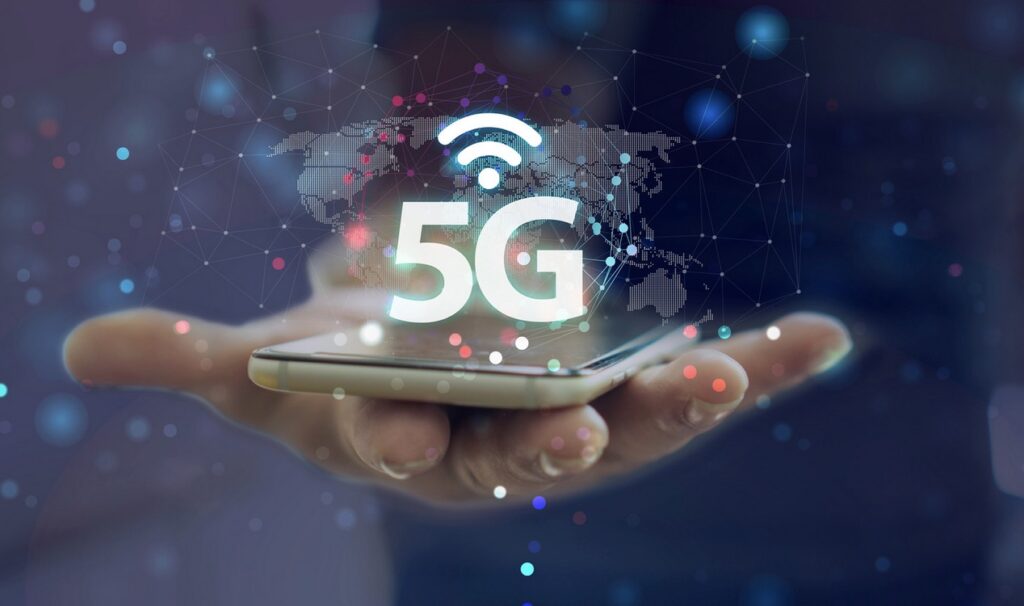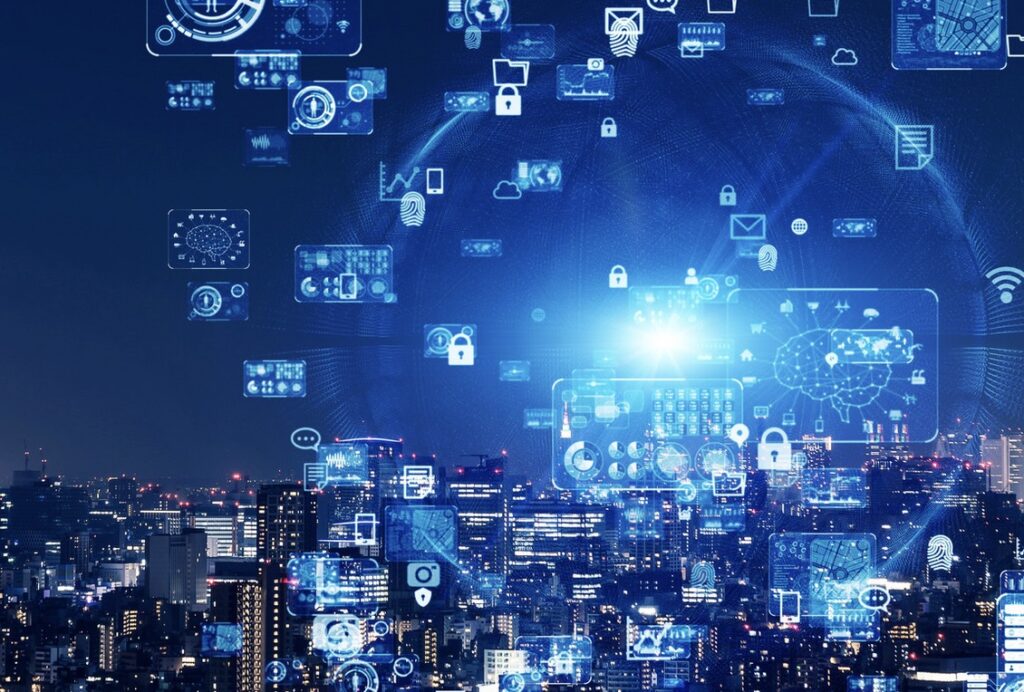Exploring the Link Between 5G Technology and the Internet of Things
The Basics of 5G Technology
The advent of 5G Technology marks a transformative step in telecommunications. Known as the fifth-generation technology standard for broadband cellular networks, 5G outpaces its predecessor – 4G – in a myriad of ways. It carries data at exponentially high speeds, significantly surpassing 4G and previous generations, with speed test results regularly hitting 2 Gbps or more.
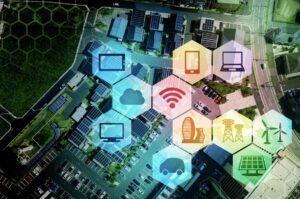
This high-speed transfer is facilitated by frequency bands often referred to as “millimeter waves,” those ranging from 30 to 300 GHz. These waves, under optimal conditions, furnish download and upload speeds often in milliseconds, thus offering minimal latency, which in turn means a highly responsive network.
Another salient feature of 5G technology is the marked reduction in latency, sometimes even simpler than a millisecond. With latency defined as the response time taken by the network to execute an action once commanded, lowering it ensures an almost instantaneous response. Moreover, 5G’s network slicing capability subdivides a single network connection into several virtual links, allowing for personalized connectivity rules based on the needs of certain services, sectors, or devices.
The Fundamentals of Internet of Things (IoT)
Ushering in unprecedented connectivity, the Internet of Things, better known as IoT, is a paradigm shift in how we perceive the digital world. IoT encompasses a web of interrelated, internet-linked objects with the capability to collect, transfer and act upon data. These aren’t necessarily complex machinery, but everyday objects like refrigerators, cars, and even toasters, transformed into smart devices through the integration of software, sensors, and other technologies.
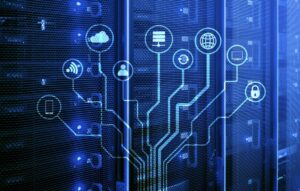
By collecting information from the surrounding environment through embedded sensors, IoT devices communicate and interact with others over the internet, all the while being remotely monitored and managed. This instant exchange of data, sometimes without human intervention, paves the way for more direct integration of the physical world into digitized systems, resulting in enhanced efficiency, precision and economic gain.
Each instance of IoT ranges from simple consumer usage, such as a smart home thermostat adjusting temperature based on past patterns, to large scale industrial IoT where entire systems of manufacturing units communicate, analyze, and adapt in real-time. Thus, IoT holds the power to drive significant transformations across sectors, namely healthcare, agriculture, and urban planning.
The amalgamation of 5G and IoT thus promises a future of high-speed, low-latency interconnected devices across industries and households alike. Capable of transmitting huge data volumes across multiple devices at once, 5G could well be the key to unlocking IoT’s full potential – connecting cities, driving innovation, and shaping smart homes of the future.
How Does 5G Technology Enhance the Internet of Things
5G’s potential to dramatically increase IoT’s connectivity options proves to be a game changer. It ensures seamless, reliable connections even in densely populated areas, making it a vital asset in urban environments where a high number of IoT devices operate simultaneously. For instance, smart city implementations require robust connections to manage everything from traffic control systems to utility management, with thousands of sensors sending data at the same time. 5G’s ability to handle a massive number of connections per square meter significantly advances these endeavors, paving the way for a scenario where every device can effectively communicate within the IoT network.
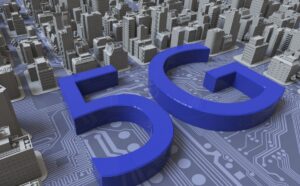
A crucial benefit of 5G technology in relation to IoT revolves around latency or the speed at which data travels from one point to another. In contrast to the 4G era, 5G dramatically reduces latency, ensuring that data transfer happens nearly in real-time. This facet is significant for IoT applications where instant data analysis and response are pivotal, such as self-driving cars and precision agriculture. Autonomous vehicles, for example, rely on rapid data exchange to make split-second driving decisions, while precision agriculture uses real-time data for efficient water and nutrient management. With 5G’s reduced latency, these applications can thrive, effectively contributing to smarter and more efficient societies.
